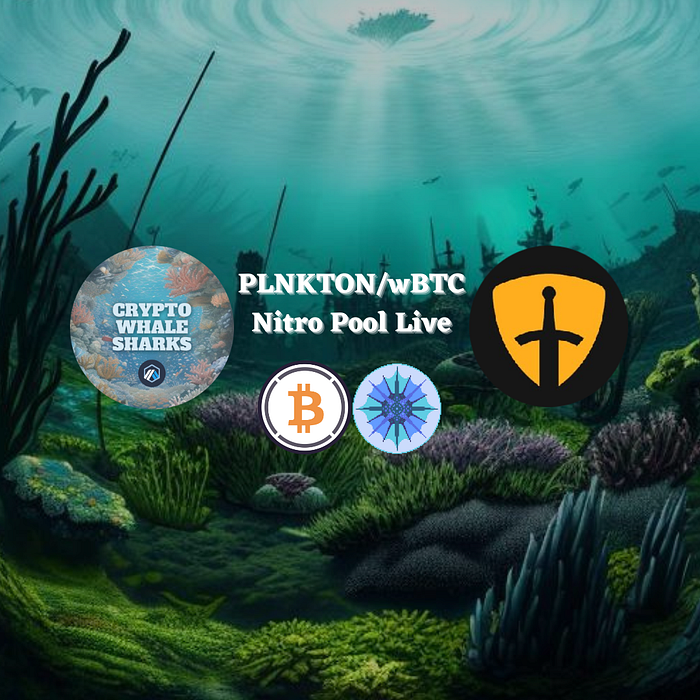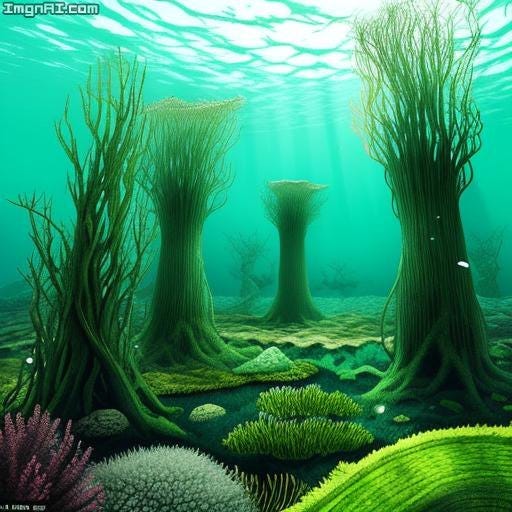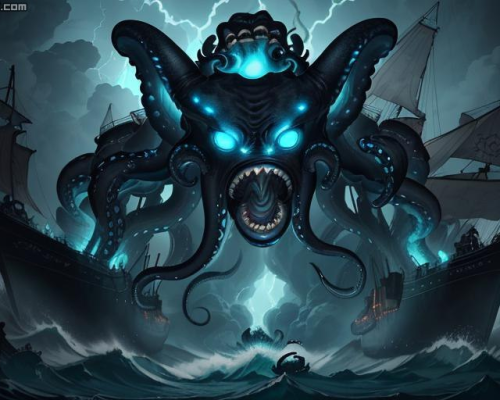
In Season 1 we want to explore the depths of the vast crypto ocean and our focus is building partnerships and establishing connections while growing the ecosystem.
In The CWS Ecosystem there are two types of islets — Natural Reserve Islets and Wilderness Islets. The real world difference between a natural reserve and a wilderness area is that the first is more protected than the latter. In the CWS Ecosystem the Natural Reserve Islets are the bread and butter of the ecosystem and they are the contracts that mostly distribute wETH.
On the other hand wilderness areas are vast areas of the unknown and in the CWS ecosystem they represent areas of where the Plankton token is distributed.
For the Natural Reserve Islets we are using our deployed contracts: The Pirates Booty Bay, The Shipwreck Reef and the Mangrove Lagoon.
Natural Reserve Islets — NFTs & wETH
- CWS NFT Vested Stream — 50% wETH of Shipwreck NFT Allocation
- CWS NFT Instant Stream — 50% wETH of Shipwreck NFT Allocation (we will move to this design when all the CWS have been minted).
- Shipwreck Reef — 10% of Royalties of NFT Sales
For the Wilderness Islets we are using Camelot! We have collaborated to open up a small community Nitro Pool and we are very excited for this! As of now we have one pool up live: The Kelp Forest of Camelot which is an extension of the Phytoplankton Token (wBTC/PLKNTON) in the kindom of Camelot.
Wilderness Islets — PLNKTON
- The Kelp Forest of Camelot — wBTC/PLNKTON LP
- The Coral Castle of Camelot — ???
- The Plankton Sea of Camelot — ???

As we continue to explore the depths of the crypto ocean, we welcome any questions and feedback you may have. And in case you were wondering, we transformed the Deep Sea Vaults into the Wilderness Areas after careful consideration and testing. We found that using services that incentivize LPs directly is much more valuable and easy to understand for our users.
We have already sent 1k PLNKTON to the wBTC/PLNKTON Pool as a small test and we expect to add more as we keep deploying the rest of the Vaults. Expect a guide soon on how to achieve this in the documentation.



